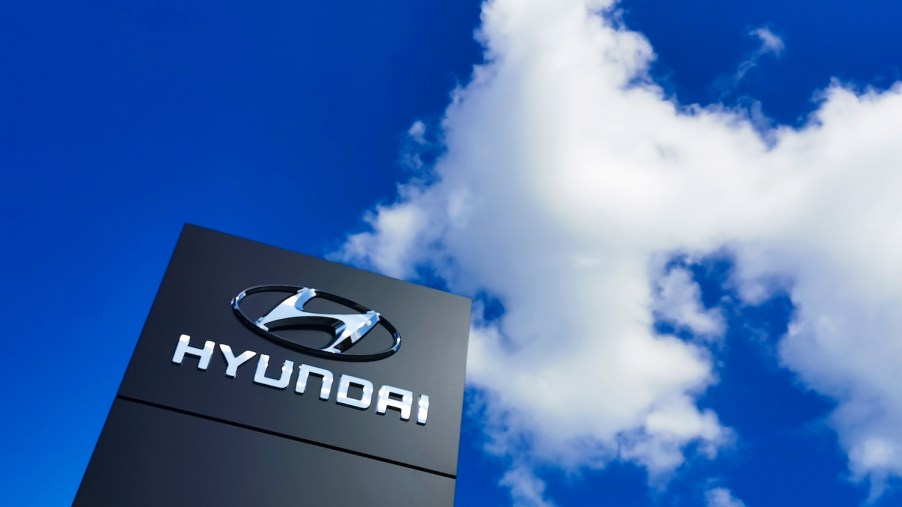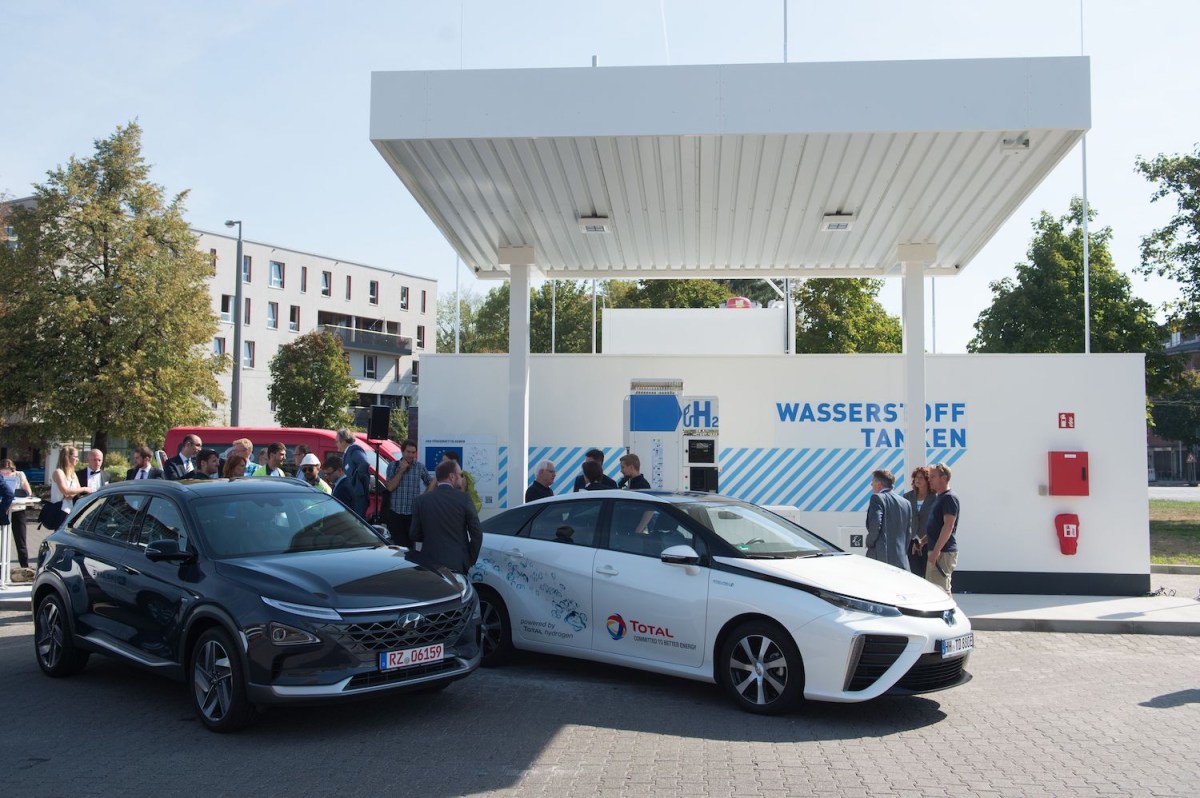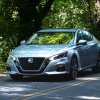
Hyundai Unveil Electric Hydrogen Sports Car: Vision FK
About a week ago Hyundai announced its intentions to unveil a hydrogen-powered hybrid sports car. Thankfully it finally happened when they said it would, on Sept. 7, in the form of its Vision FK. At this stage of EV development, producing something that runs on hydrogen seems like a bit of a gambit. However, Hyundai usually knows what it’s doing when it comes to sports cars.
A week ago there were only snippets from teaser videos the Korean automaker released. From them, motorists could discern the car would most likely be rear-wheel-drive, judging from the drifting. Some said it would be a hydrogen-powered Kia Stinger, and they were right, in a way.
What is the Hyundai Vision FK?

The Vision FK looks suspiciously like a Kia Stinger, but with two doors instead of four. The roof slopes down and joins the liftback trunk, similar to the rear end of the Stinger. Pictures of the Vision show massive ducting behind the doors that presumably lead to the rear tires, which are encased in wide-body quarter-panels. The front fenders are wide-body as well, and the front bumper has ducting as well.
What kind of power is the Hyundai Vision FK capable of?
Though it may be based on the Stinger, the Hyundai Vision FK is sure to outperform if its specs are realized. Hyundai claims the FK will have 670 horsepower and reach 62 mph in less than four seconds. The Stinger, meanwhile, has 368 horsepower in its most extreme trim and gets to 60 mph in 4.9 seconds. The Stinger could stand to shed a few pounds as well, that is if it’s not canceled. Its curb weight reads 3,611 at its lightest spec. Switching to a two-door should help with that.
Will the Hyundai Vision FK have enough juice to cross the state border?

Hyundai claims the FK can go 370 miles, which is ambitious, to say the least. However, there are some aspects to the FK that shouldn’t go unnoticed before scoffing at the expected range. The FK’s battery is made by Rimac, and considering Hyundai and Rimac have been in cahoots since 2019, with a solid $90 million investment from the modest Korean automaker, that range suddenly makes a lot more sense. 370 miles is enough for a road trip, but as we’ve already covered, hydrogen pumps are scarce.
How feasible is the Vision FK?

With Hyundai’s serious investment into hydrogen infrastructure, its partnership with Rimac, and the fact that the FK appears to be based on an already existing car, the FK seems more than feasible. Hyundai has also stated it’s looking into hydrogen and batteries for its N performance brand, which adds more fuel to the fire. Spy shots also confirm a Stinger-based coupe is being tested in South Korea, and at the same time, some leaked shots of a constructed FK came to light. The cars reportedly look fairly similar, thus it’s entirely possible the FK will soon be realized.


